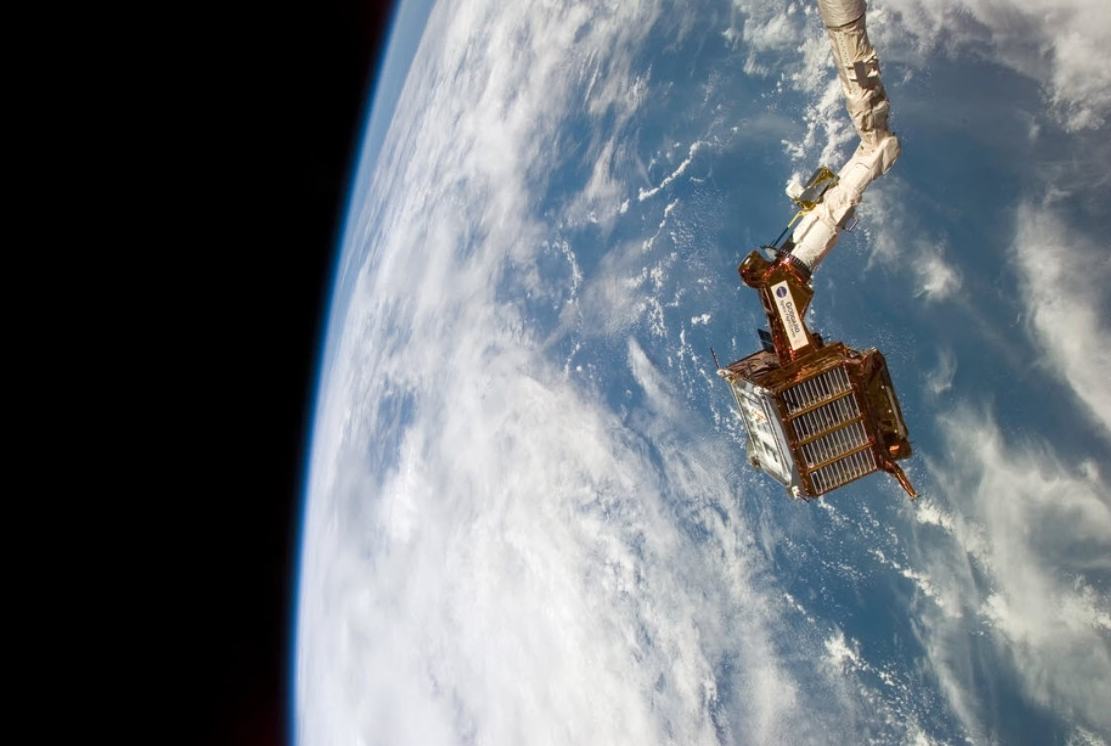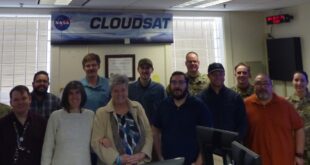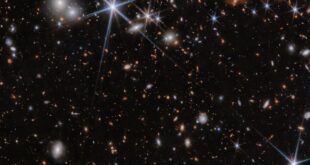
Ibadan, 27 November 2023. – Space Systems Command (SSC) has awarded a Command-and-Control System Consolidated (CCS-C) Sustainment and Resiliency (C-SAR) contract to Kratos Defense and Security Solutions to provide U.S. Space Force and U.S. Space Command satellite control capabilities and directly support the Defense Satellite Communications System (DSCS) III, Milstar Satellite Communications System, Advanced Extremely High Frequency (AEHF), and Wideband Global Satellite (WGS) satellite systems.
The CCS-C system is part of SSC’s Military Communications & Positioning, Navigation, and Timing program executive office and provides planning, processing, and information assurance measures. CCS-C’s design also enables it to interface with dedicated ground and payload control systems and aims to be the ground control system of choice to support new and emerging satellites.
The C-SAR contract is an eight-year indefinite delivery indefinite quantity (IDIQ), single-award contract with a ceiling of $579M and a performance period from December 1, 2023, to November 30, 2031. Furthermore, SSC awarded the initial Task Order, which provides core sustainment support, for $26.7M (base year) and has a total value of $146.3M (all options). The contract will consequently provide continued sustainment, system and software engineering, enhancements, and modernization.
Additionally, the contract award will enable obsolescence remediation, and data sharing, and will further reinforce Command and Control (C2) capabilities with an Information Technology infrastructure upgrade.
According to MILSATCOM Product Support Delta director George Gonzales, “This contract will sustain a baseline currently supporting C2 operations of four separate constellations and 26 military communication satellites, with added lines of effort that provide the agility to deliver cyber and operational resiliency, as well as the integration of new satellites and future
constellations.”
 SpaceWatch.Global An independent perspective on space
SpaceWatch.Global An independent perspective on space




